Dr Alister MacKenzie – the man who created the iconic Masters venue Augusta National – is one of the greatest golf architects in the history of the sport.
But golfing aficionados in Aberdeen don’t need to travel far to get a taste of Augusta National.
Hazlehead Golf Club’s MacKenzie Championship Course – or the No 1 as it is known to many – was designed by the same architect.
MacKenzie designed more than 50 golf courses, including three of the world’s most famous tracks – Augusta National and Cypress Point in the United States and Royal Melbourne in Australia.
Before he completed those three masterpieces, though, MacKenzie spent time in the north-east of Scotland, working on Duff House Royal in 1924 and Hazlehead Golf Club, which opened in 1927.
The world’s top golfers will this week be competing for the coveted green jacket at the prestigious Augusta National Golf Club, which is believed to have an exclusive membership of around 300. New members are by invite only and believed to pay a $40,000 joining fee and around $4,000 in annual fees.
At Hazlehead, a municipal course in the west end of Aberdeen, it is far easier to obtain a tee time and at a far more affordable green fee of around £25 for visitors.
In August 2015, the tree-lined course at Hazlehead was renamed the MacKenzie Championship course in honour of the highly-regarded golf architect.
But the creation of the course almost a century ago became mired in controversy and was eventually delivered well behind schedule and way over budget, with MacKenzie dismissed by the project by an impatient Aberdeen Town Council.
Relations between the council and MacKenzie became so fraught, the architect opted against attending the opening of the course, even though he was in Scotland at the time.
The project began in 1922 with a report in The Press and Journal on September 21 stating MacKenzie had provided advice on a proposed municipal course after the council reclaimed seven acres of ground at Hazlehead Estate at an estimated cost of £1,600.
MacKenzie, who was raised near Leeds, to a mother whose family came from Glasgow and a father from the Highlands, first visited the land earmarked for development later that month.
Aberdeen Town Council instructed MacKenzie, who practised as a GP before moving into designing golf courses, to prepare three alternative schemes for the land at Hazlehead, which were submitted on March 12, 1923. The construction of a municipal course was approved by the council’s finance committee later that month.
MacKenzie inspected the course in June that year and gave a speech to council representatives when he said he was encouraged by the progress and believed the course would be similar to Sunningdale.
He made several visits to Hazlehead over the next year, but by December 1924 problems were beginning to mount and the architect addressed some of them in a speech given to the Aberdeen Rotary Club at the city’s Palace Hotel.
MacKenzie was pictured at Hazlehead with Treasurer Rust of the Aberdeen Town Council in June 1924 – but hopes of completing the project by the summer of 1925 as planned were fading fast.
On December 7, 1925, at a meeting of Aberdeen Town Council, the finance committee considered correspondence from MacKenzie regarding his remuneration and decided “he be paid the final instalment of £80 due to him, being the agreed-on rate of 6% of £8,000.”
Rust said this would be the final payment to MacKenzie and he would not be paid any percentage of the amount spent on the project that exceeded £8,000.
Over budget and behind schedule – with council and MacKenzie at loggerheads over Hazlehead
It was reported in the following day’s Press and Journal the £8,000 project could actually cost the council up to £19,000 before the course was completed.
MacKenzie admitted he was surprised by the soaring costs saying “the difficulties have been more formidable than those of any course in Europe.”
Some boulders that had to be excavated weighed a tonne or more, while MacKenzie later admitted his estimate had been based on his assumption the price obtained for selling on the timber felled would pay not only for the cutting of the trees, but also their uprooting. Instead, expenditure far outweighed income.
The Press and Journal carried an interview with MacKenzie on July 2, 1926, a day after the architect had met with the Town Clerk, and reported he was becoming “exceedingly indignant with the Town Council and certain of its officials for the way in which his work had been traduced and held up to public opprobrium.”
MacKenzie began writing a series of letters to the editor of the Press and Journal, which included reference letters from Leeds Council and the secretary of Moortown Golf Club, urging Aberdeen Town Council to allow MacKenzie to complete the project – which he even offered to do free of charge.
Instead MacKenzie was paid off, and Aberdeen Town Council left the city’s Superintendent of the Links and Parks, Mr Clark, to complete the job with the plan for the course deviating from MacKenzie’s original vision.
Only 10 holes of MacKenzie’s plan were completed by this point and the council instructed Clark to complete the rest of the holes as cheaply and as quickly as possible.
The Links and Parks department completed the remaining holes in open meadows adjacent to the woods rather than staying true to MacKenzie’s plan which would have required very expensive ground preparation on wild moorland.
The final eight holes comprised the 10th and 11th of the present No 1 course (MacKenzie Championship), and six holes which are now used as part of the No 2 (Hazlehead Pines) course.
The course was finally completed on June 4, 1927. It was two years late and at a cost of £18,000 – a whopping £10,000 more than anticipated.
It was officially opened on July 3, 1927, by Lord Provost Lewis with an exhibition match played between Dr William Tweddell, the 1927 Amateur champion, and five-time Open champion JH Taylor.
A crowd of around 5,000 people attended the exhibition match with the Lord Provost saying the opening of “the people’s golf course” was “a bad day for the pessimists”. He said in The Press and Journal a year or 18 months previously the “prophets of disaster” were having the time of their lives.
But the Town Council was fortunate to have “men with vision and faith who refused to take misfortune lying down and whose courage and perseverance had been crowned with well merited success”.
MacKenzie was not mentioned in the Lord Provost’s address to the large crowd who were there to witness the exhibition match.
The Alister MacKenzie Society said it was “very unlikely MacKenzie would have been in attendance, given that he had been dismissed from the project by the Council, even though he was in Scotland in July.”
The two-year delay was caused by tracts of forest land that had to be levelled, rough moor which had to be stripped of stone boulders and roots and “an appallingly intensive” drainage scheme which was required to clear water from a big portion of the course.
A review of the course carried in the P&J said “a hopeless proposition” had turned out “infinitely better than even the optimists thought possible”.
The review added: “Whatever his shortcomings in the financial outlook… Dr MacKenzie has a remarkable eye for a good lay-out.”
There was, however, criticism of the council for not seeing MacKenzie’s vision to completion and turning the creation of the final holes over to the park’s superintendent, Mr Clark.
The review read: “Mr Clark has done the best that could be done with the space and the type of ground at his disposal, and would doubtless have done even better had the limitations imposed on him been less severe.”
It said the “council had cut its cloth much too fine” with no fewer than six holes crowded into an area some 500 yards in length and 183 yards in width, which “can only lead to trouble and confusion.”
The original MacKenzie masterplan for Hazlehead was later completed – although holes 10 and 11 were retained and two of the planned holes never came off the drawing board.
Similar story for Alister MacKenzie at Masters venue Augusta National
While Aberdeen Town Council refused to pay MacKenzie a penny over his agreed percentage as the project spiralled out of control, the golf architect’s most famous creation also ended in dispute.
Augusta National officially opened in January 1933, with MacKenzie working alongside Bobby Jones to create a golfing masterpiece.
But MacKenzie did not live long enough to see the first Masters which took place in 1934.
He died at the age of 63 after suffering a heart attack during Hogmanay celebrations, eventually passing away on January 6, 1934.
Augusta National faced financial problems from the offset as a result of the Great Depression and it is believed MacKenzie had received only $2,000 of his $10,000 fee at the time of his death.
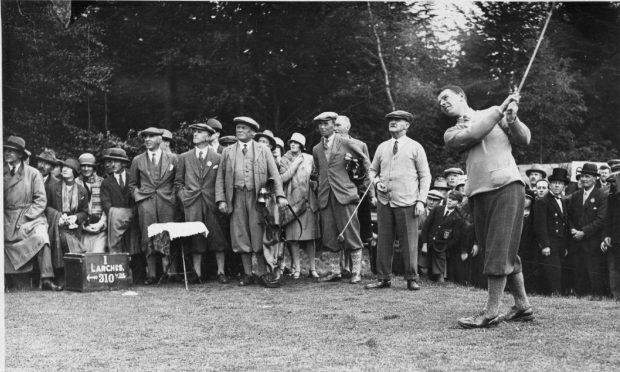
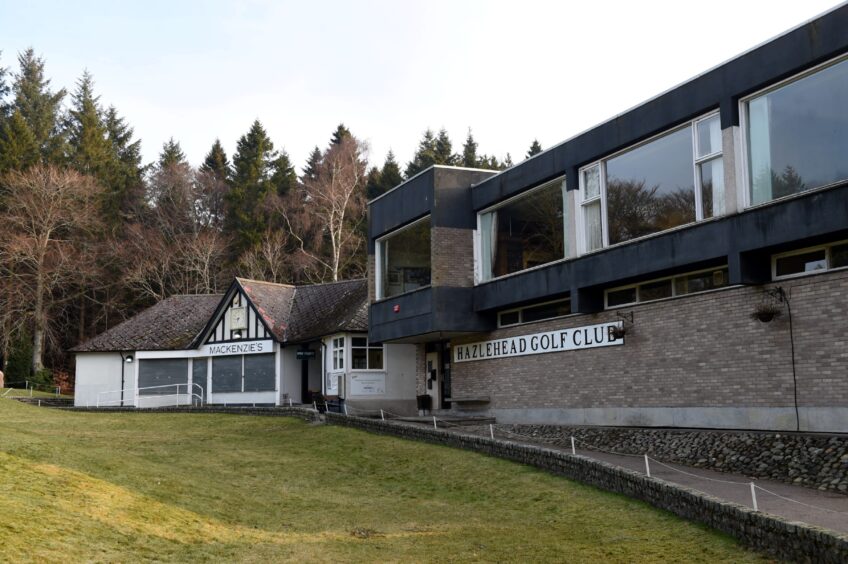
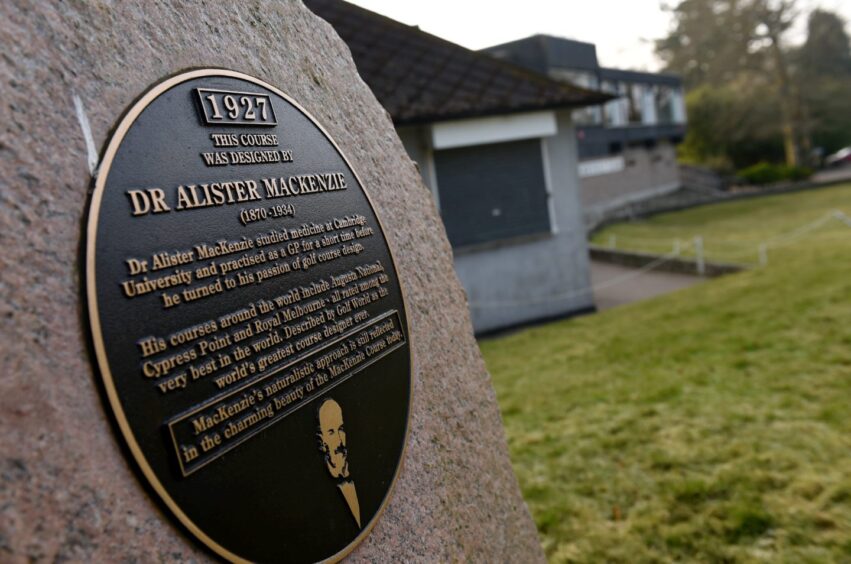
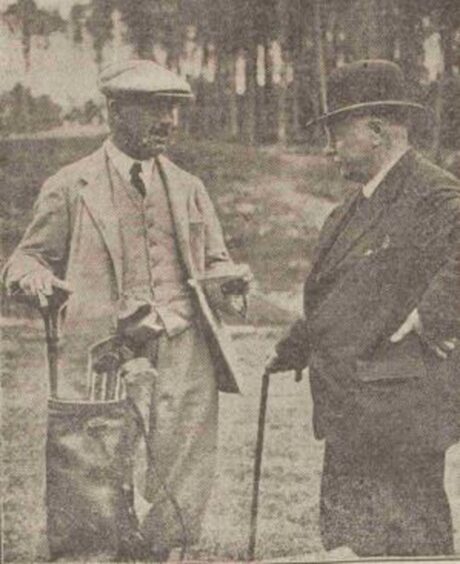

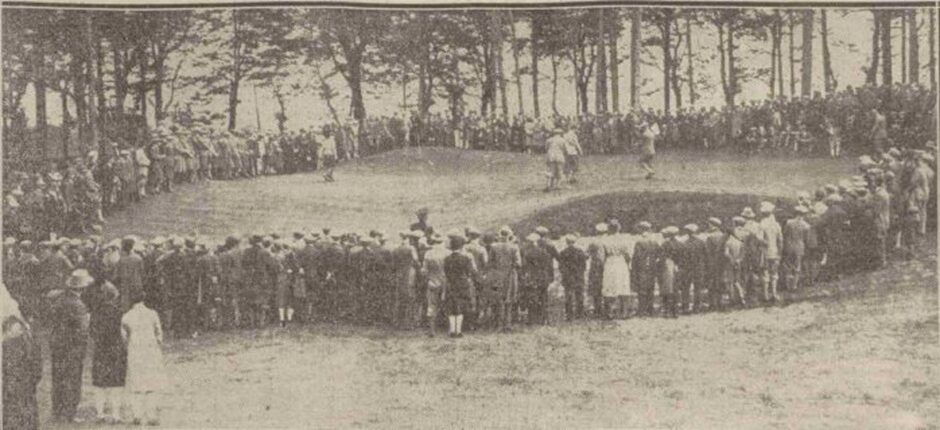

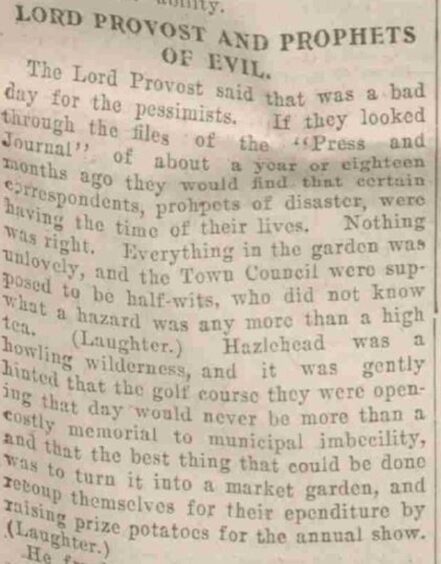


Conversation